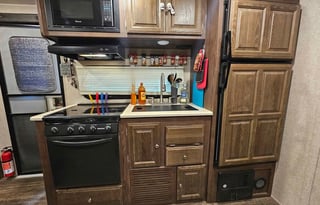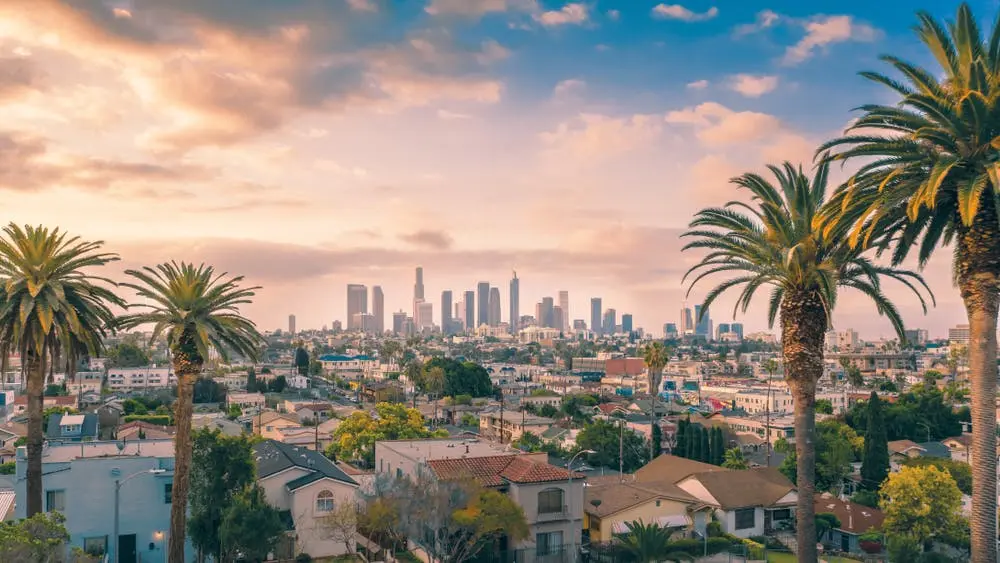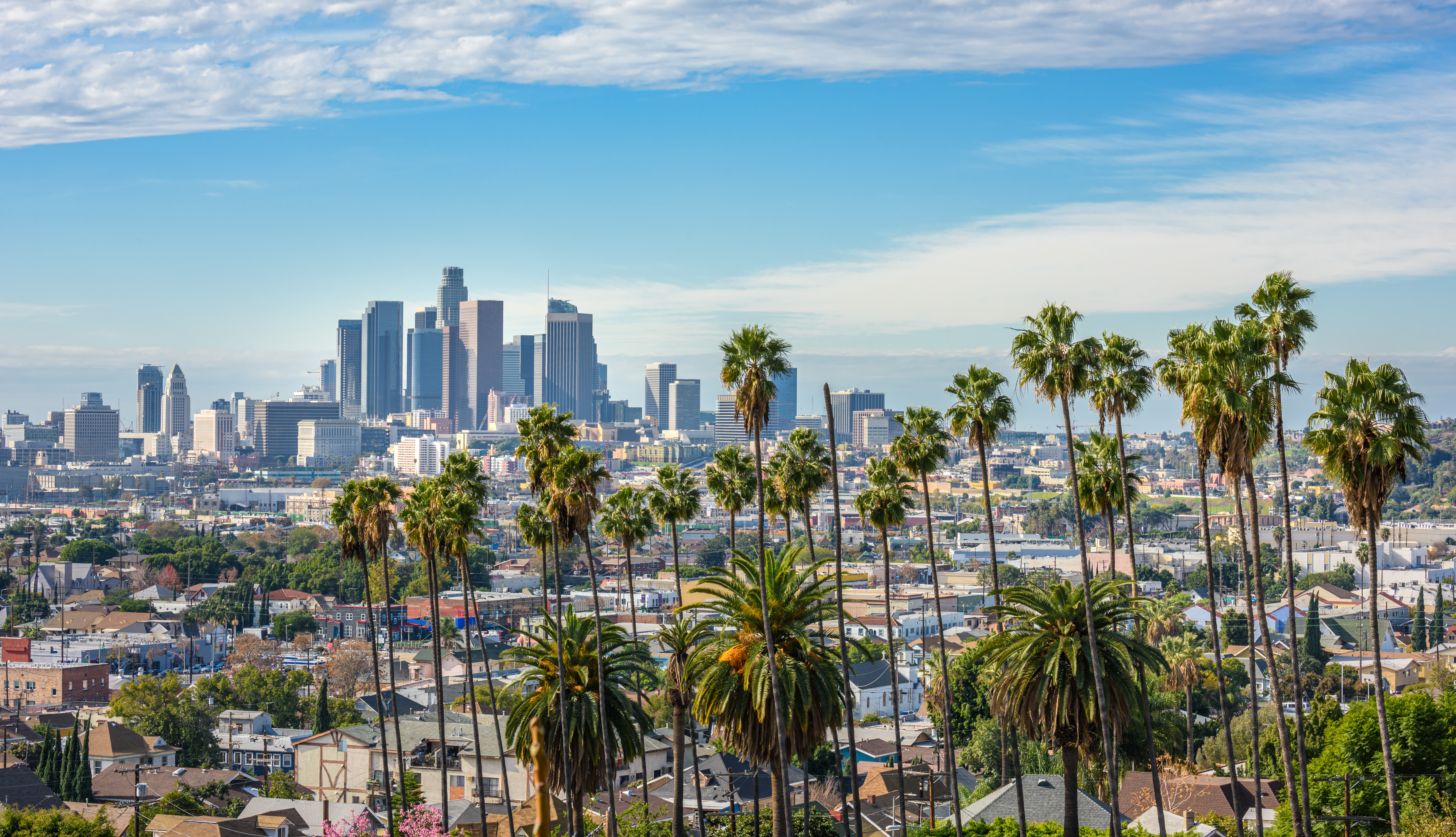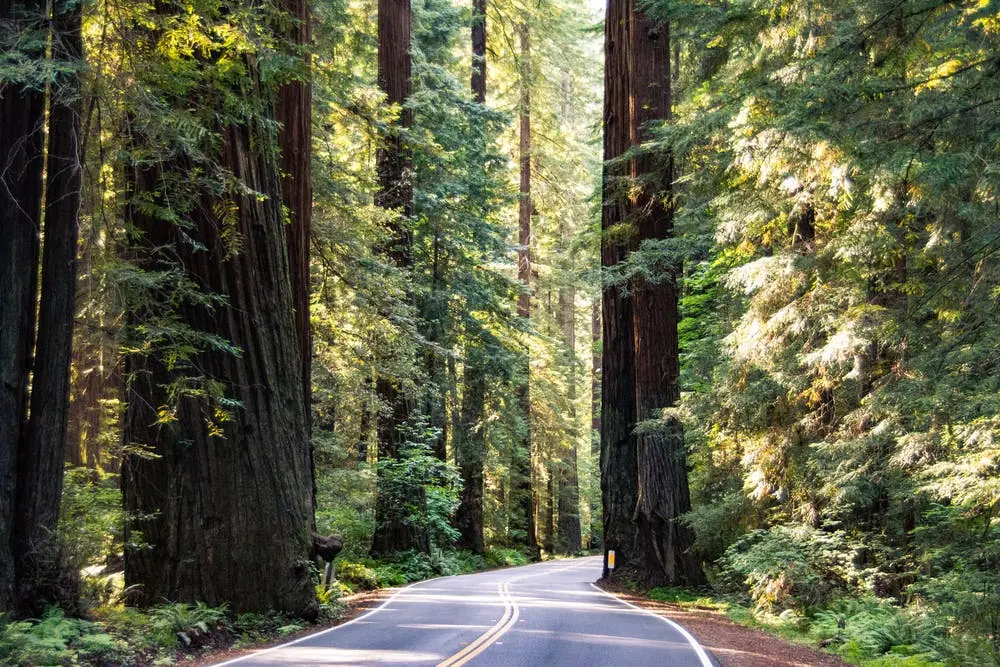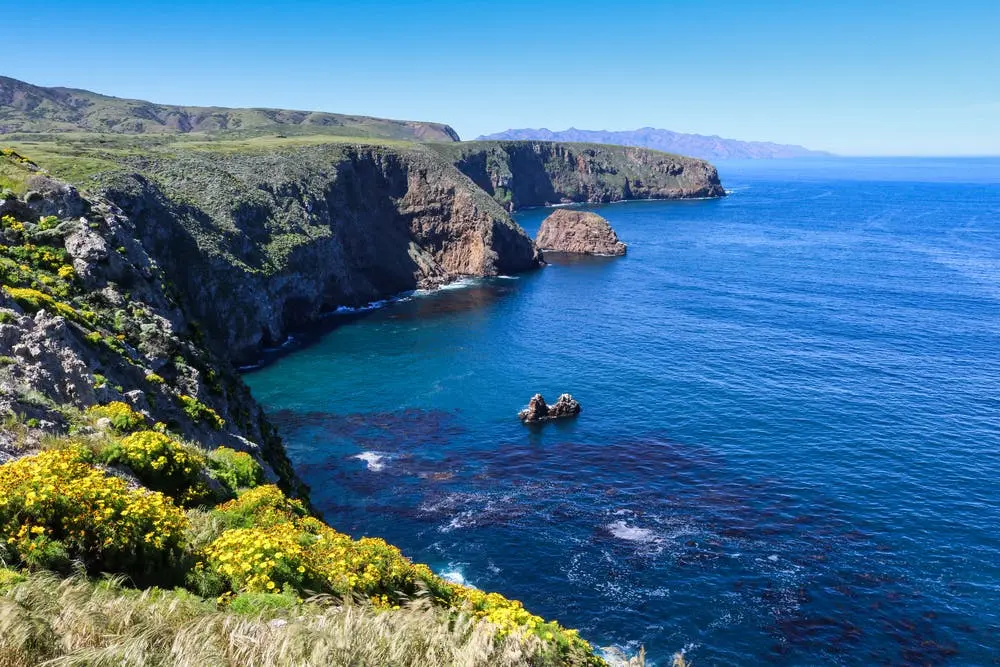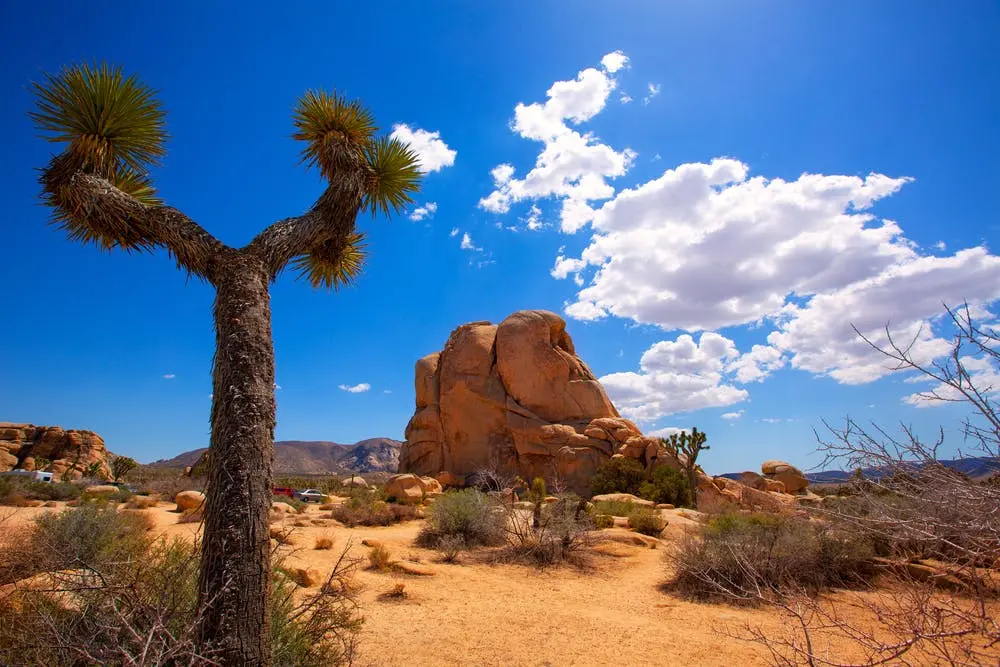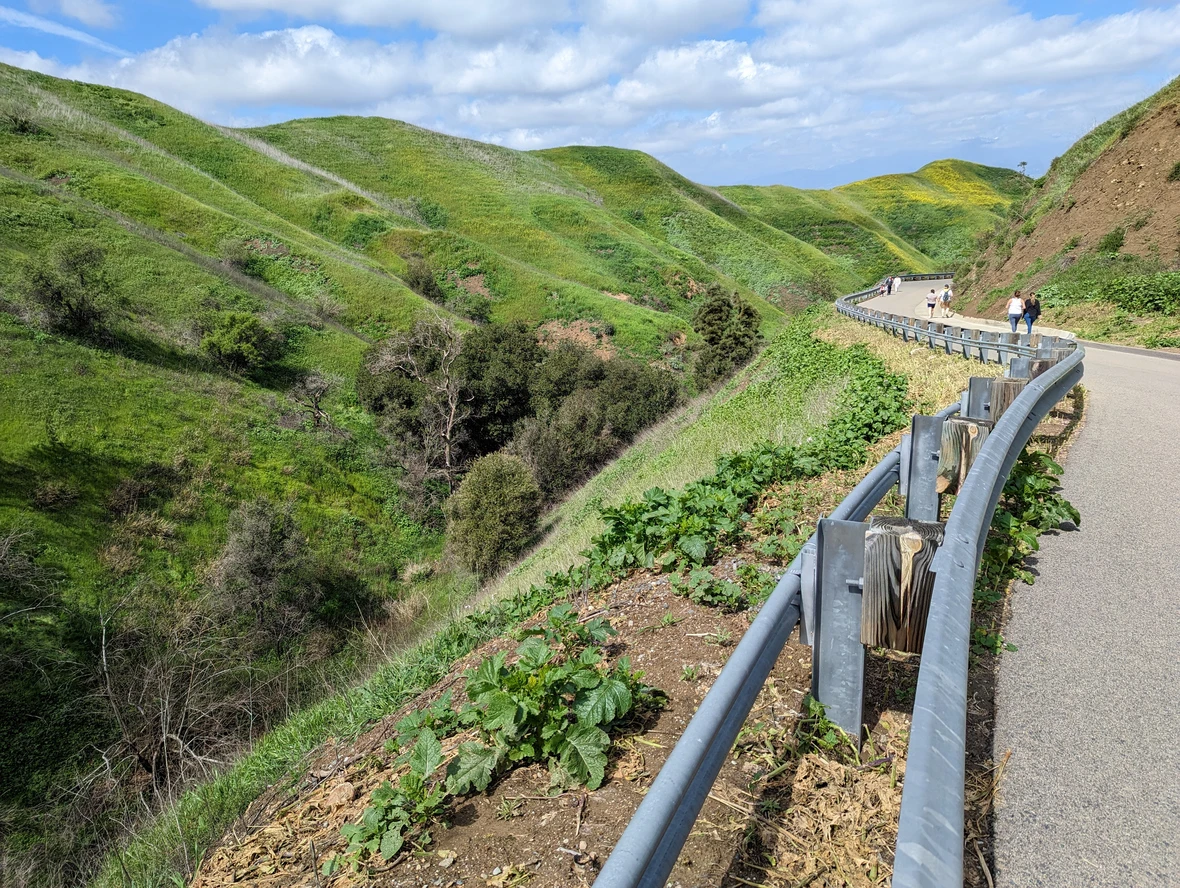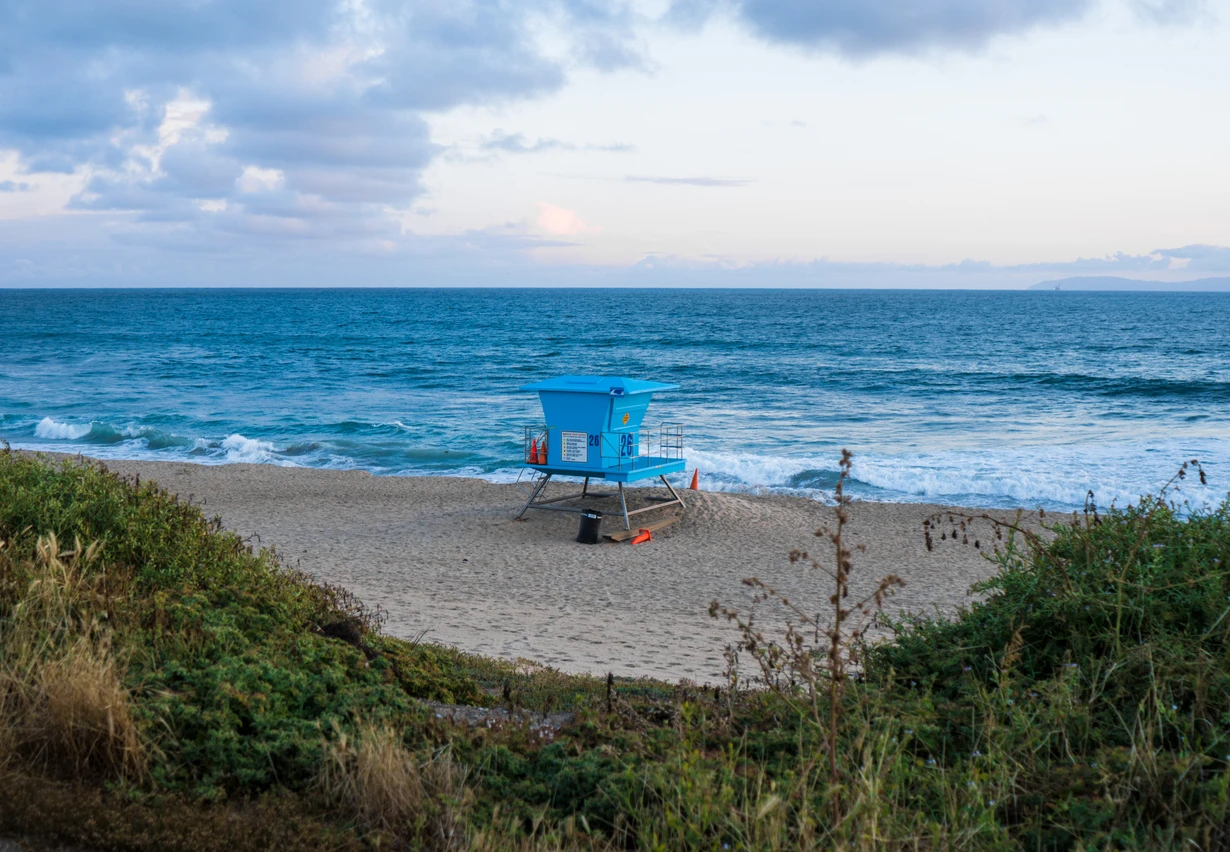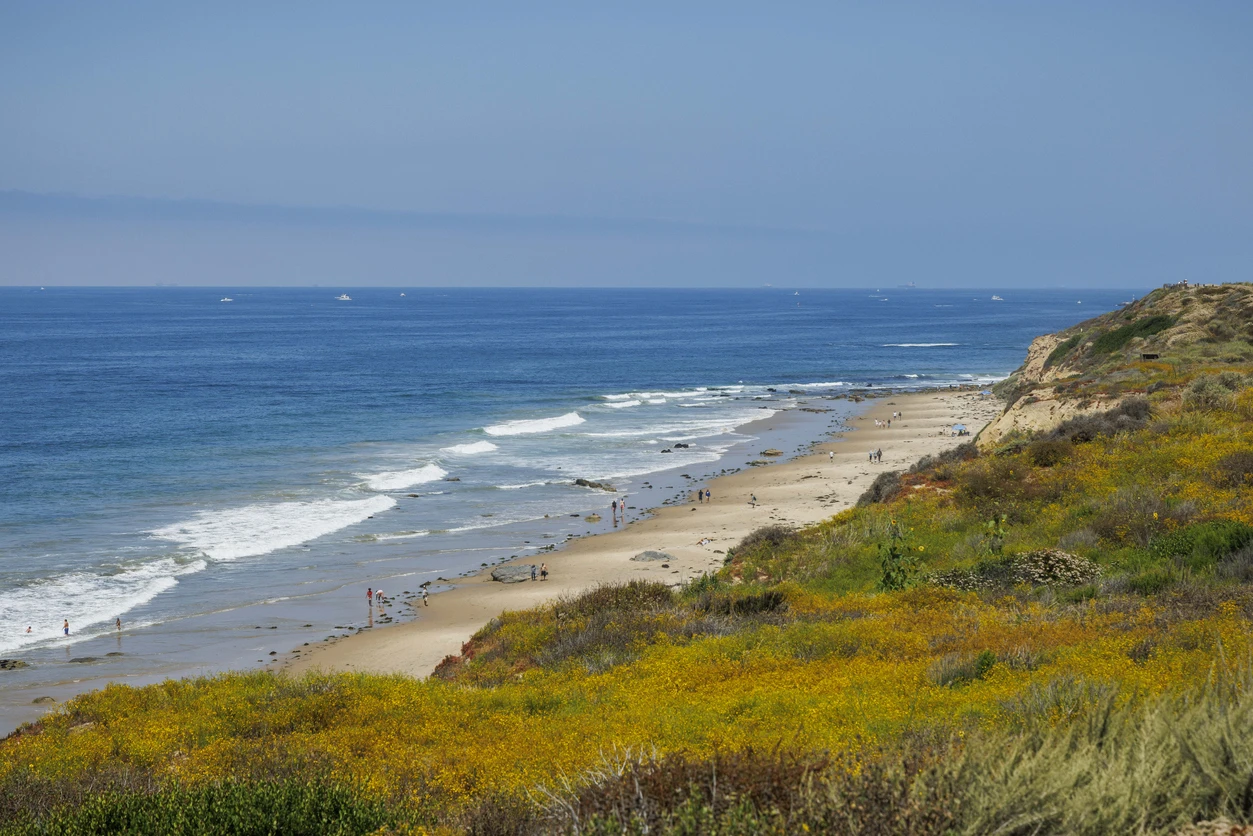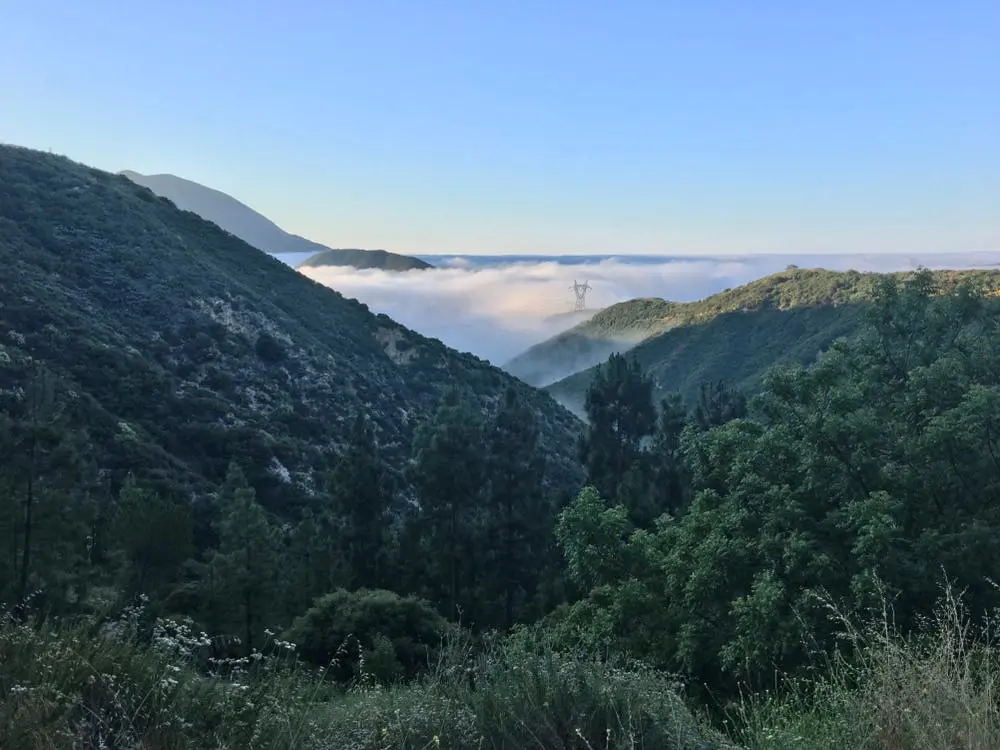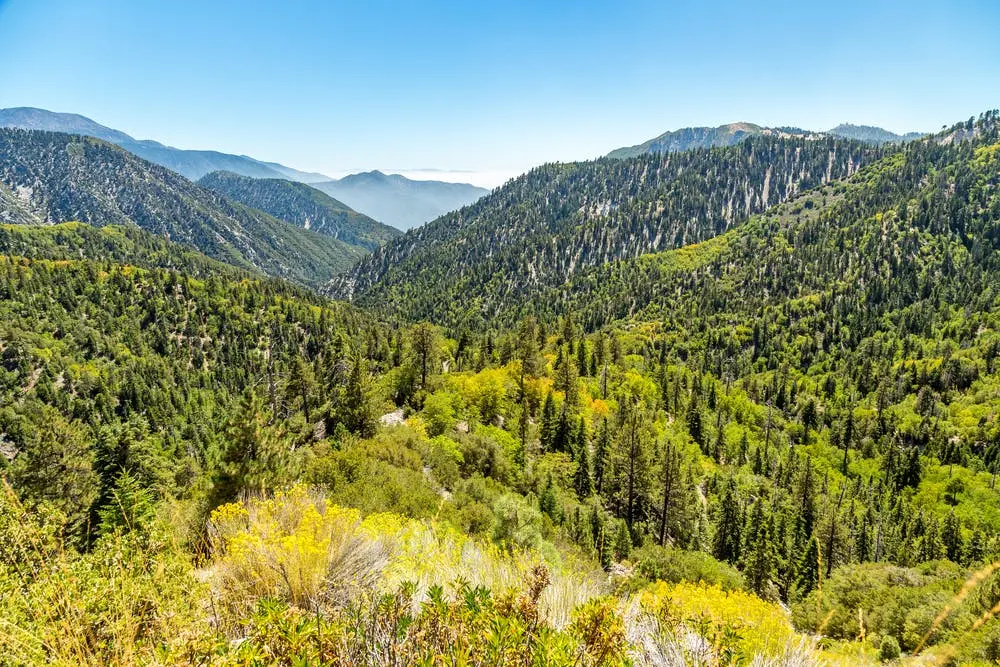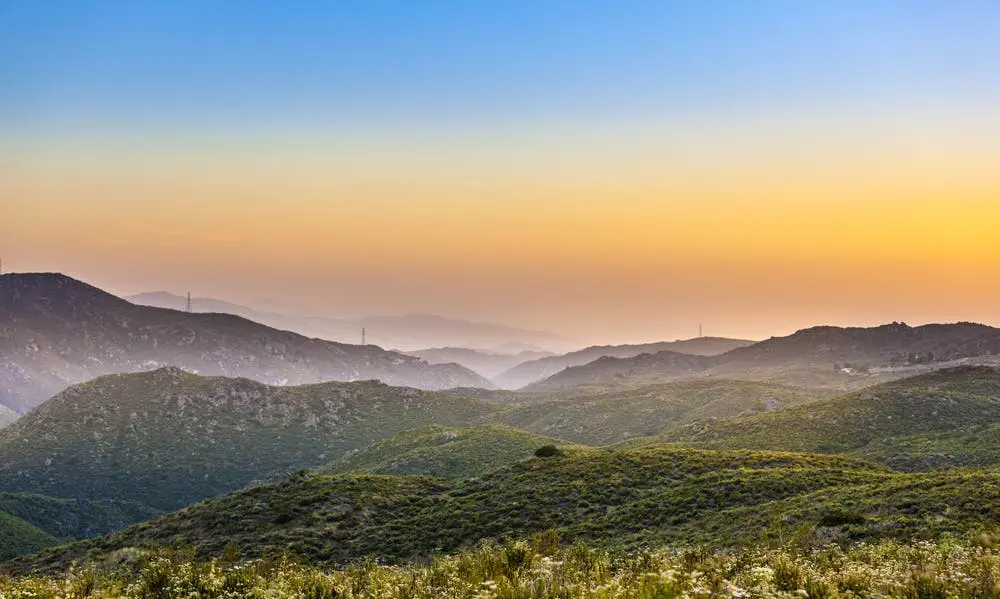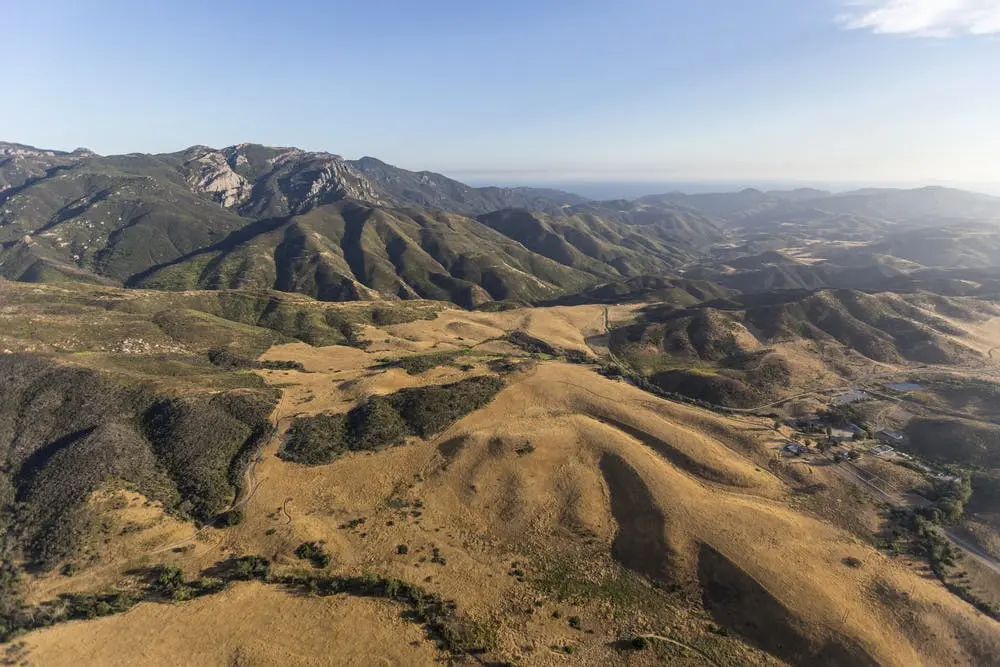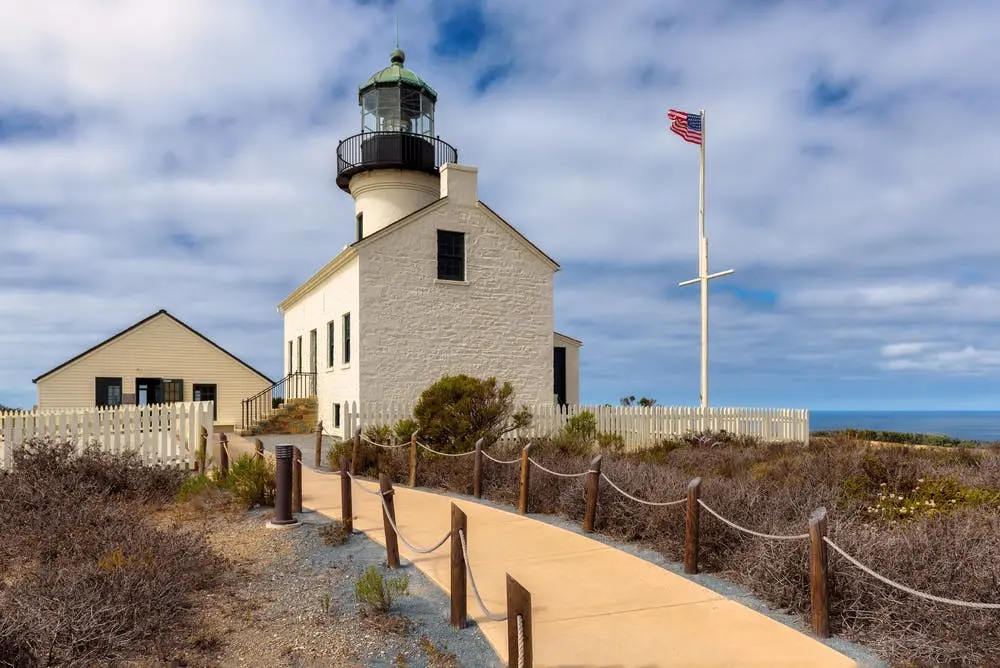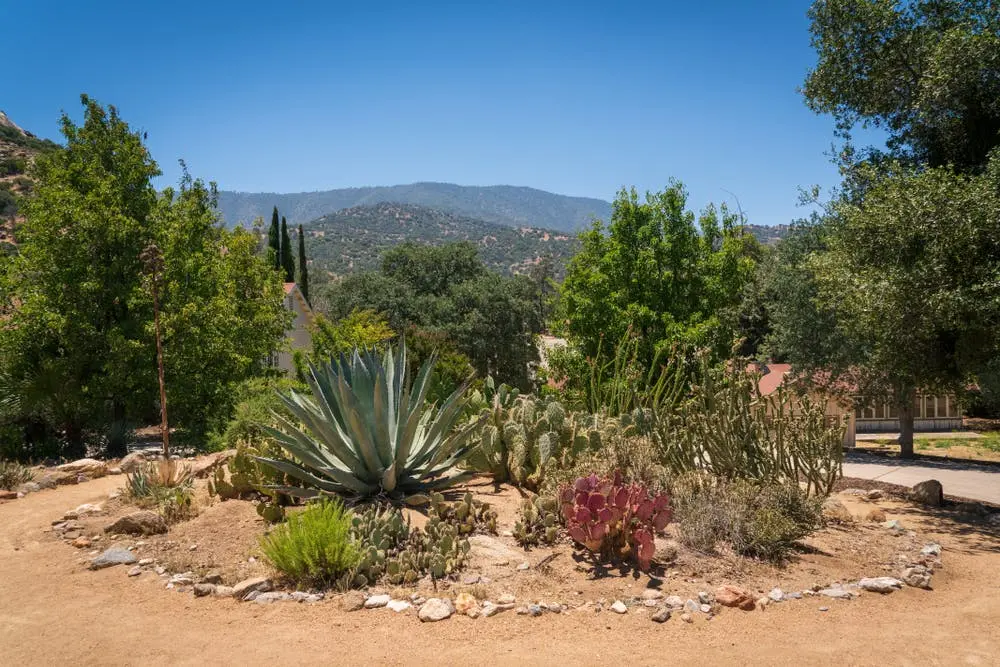


Browse motorhome by RV Class in Anaheim, CA
Class A
Driver should be comfortable driving something as large as a busView all Class A rentals in Anaheim
Class B
Comparable to driving and maneuvering an oversized vanView all Class B rentals in Anaheim
Class C
Comparable to driving a truck and popular option for beginner RV driversView all Class C rentals in Anaheim
Browse towable by RV Class in Anaheim, CA
Fifth Wheel
Attaches to a tow vehicle via a gooseneck extension in the truck bedView all Fifth Wheel rentals in Anaheim
Travel Trailer
Trailer options exist for every kind of SUV or pickup tow vehicleView all Travel Trailer rentals in Anaheim
Toy Hauler
Can be towed by many SUV or pickup tow vehiclesView all Toy Hauler rentals in Anaheim
Popular RV Searches in Anaheim, CA
Cheap
Under $100 per nightView all Cheap rentals in Anaheim
Affordable
$100 - $250 per nightView all Affordable rentals in Anaheim
Luxury
Above $250 per nightView all Luxury rentals in Anaheim
Delivery
Owners that deliverView all Delivery rentals in Anaheim
Pet Friendly
Bring your furry friendView all Pet Friendly rentals in Anaheim
Road Trips Starting from Anaheim, CA
Best National Parks Near Anaheim, CA
Channel Islands National Park is home to some of the world's most unique and beautiful natural scenery. The islands are home to a staggering variety of plant and animal life. Hiking, biking, kayaking, and bird-watching are popular activities in the park. The islands can be explored by car, plane, or boat.
Joshua Tree National Park covers a total area of 790,636 acres. The park was established on August 10, 1936, and gets its name from the Joshua tree, which is native to the area. The Joshua tree is a member of the yucca family and can grow up to 40 feet tall. The trees are known for their unique appearance, long limbs, and sparse leaves. These unique trees are found throughout the park, providing shade and shelter for many animals. The park is home to various wildlife, including desert bighorn sheep, bobcats, coyotes, and mountain lions. Over 200 species of birds can also be found in the park. The park provides a habitat for many plants and animals adapted to the desert environment. Visitors to the park can enjoy hiking, camping, rock climbing, bird-watching, and stargazing. Several ranger-led programs are offered throughout the year.
Sequoia National Park is a world heritage site and a popular outdoor destination. Massive Sequoia trees, rushing waterfalls, deep canyons, and panoramic views of the surrounding mountains can all be found in the park. The park is also home to a diverse range of wildlife, including black bears, deer, elk, and cougars. Year-round activities in the park include hiking, backpacking, mountain biking, fishing, bird-watching, and skiing.
National Forests Near Anaheim, CA
RV Rentals Near Anaheim, CA
Frequently Asked Questions About Renting a Popup RV Near Anaheim, CA
How do I correctly set up and take down a popup camper rental, and what kind of tools or equipment do I need?
Setting up and taking down a popup camper rental typically requires a few basic tools, including a rubber mallet, wheel chocks, and a few different sized wrenches. The process will vary based on the specific model, but typically involves locating and extending the stabilizer jacks, popping up the roof, extending the sidewalls, and connecting any necessary hoses and cables. Be sure to follow any instructions provided by the owner and ask for assistance if you are unsure about any aspect of the setup.
Can I rent a popup camper in Anaheim, CA without a vehicle capable of towing it, and if so, what are my options for renting a towing vehicle?
Standard passenger sedans typically able to tow popup campers that weigh less than 1,500 pounds. Heavier duty vehicles, such as 4x4 SUVs, can usually tow a heavier popup. If you are unable to tow, another option is to have the popup campered delivered to your campsite. The RVshare owner will bring it to the campground and set up for you, then tow it away after your trip is over.
Are there any special driving considerations or techniques I should know when towing a popup camper rental in Anaheim, CA?
When towing a popup camper rental, it's important to practice safe driving techniques and be aware of your surroundings. You may need to adjust your driving speed and distance from other vehicles to account for the additional weight and length. It's also important to make sure the camper rental is properly secured and level before hitting the road.
What kind of amenities can I expect in a popup camper rental, and how do they compare to other RV rentals in Anaheim, CA?
Popup camper rentals typically offer a range of amenities and features, including comfortable sleeping quarters, kitchen appliances and supplies, and on-board storage options. While they may be more compact than other RV rentals, they often offer a more affordable and flexible option for travelers who want to explore the outdoors.
Can I bring my bedding and linens to use in the popup camper rental, and what kind of storage options are available for these items?
Many RVshare owners will provide bedding and linens for the popup camper rental, but you can certainly bring your own if you prefer. There are typically storage compartments and cubbies located throughout the interior of the camper rental for storing personal items.
How do I properly level and stabilize a popup camper rental at my campsite or RV park, and what equipment or tools do I need for this?
Discuss your particular campsite with the RV owner to determine if leveling and stabilizing will be necessary. To properly level and stabilize a popup camper rental, you will need a few basic tools, including leveling blocks, wheel chocks, and a bubble level. The process will vary based on the specific model, but typically involves leveling the camper rental side-to-side using the leveling blocks and adjusting the front-to-back level using the tongue jack.
What weather conditions should I know when renting a popup camper in Anaheim, CA, and how can I prepare for them?
Depending on where you are renting the popup camper, you may need to prepare for a range of different weather conditions. It's important to check the forecast before heading out and be prepared with appropriate clothing and gear for any potential weather events. You should also take steps to protect the camper rental from high winds, rain, and other elements by properly securing it and using any available window covers or awnings.
Can I bring my outdoor equipment or appliances to use with the popup camper rental, such as a portable grill or camping chairs?
Yes, you can certainly bring your own outdoor equipment and appliances to use with the popup camper rental. However, be sure to check with the RVshare owner beforehand to make sure there is enough space to store your items and that they are safe to use with the camper rental.
What kind of maintenance or upkeep do I need to perform on the exterior and interior of a popup camper rental during my rental period?
The maintenance and upkeep required for a popup camper is handled by the RV owner. Handle the camper with care and return it in the condition you received it.
Are there any unique features or amenities available in popup camper rentals that may not be found in other RVs in Anaheim, CA?
Popup camper rentals are light and easier to tow than most other towable trailers, making them easier to bring along on your trips, and typically meaning your own vehicle should be able to tow them.
